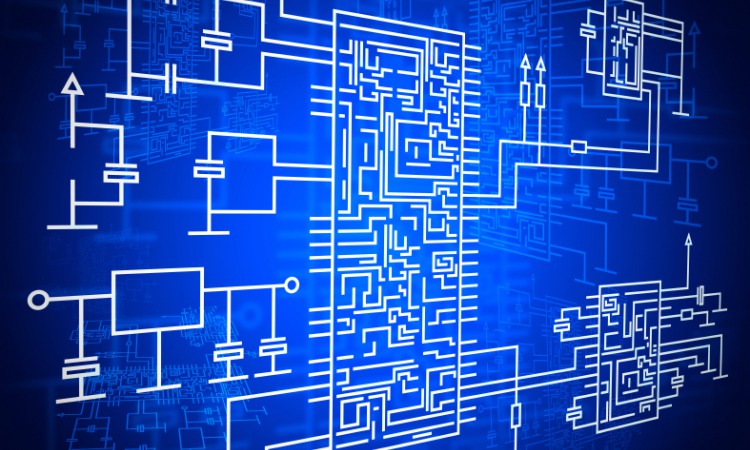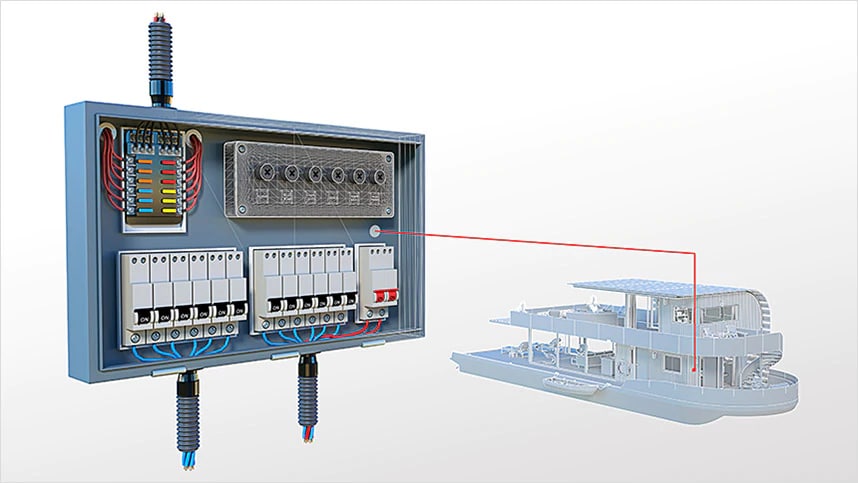Access Accurate Electrical Load Calculation Services for Your Project
Access Accurate Electrical Load Calculation Services for Your Project
Blog Article
Innovative Electrical Design Solutions for Modern Framework
The advancement of modern-day infrastructure demands cutting-edge electric design services that not just improve functional performance yet additionally address sustainability challenges. As urban environments expand progressively complex, incorporating modern technologies such as smart grids and renewable resource sources ends up being critical. These advancements not only assure to maximize power intake yet also foster resilience against future needs. The landscape of electric design is undergoing rapid change, prompting a more detailed assessment of emerging patterns and their ramifications for long-term framework stability. What might the future hold for those who welcome these ingenious strategies?
Relevance of Innovative Electric Design
Cutting-edge electric design plays a critical function in modern infrastructure, influencing not only performance but additionally sustainability. As cities evolve and the need for power increases, the need for advanced electric systems comes to be vital. These systems should not just satisfy existing demands yet likewise prepare for future development and technical advancements.
A well-executed electrical design can significantly reduce energy usage, thus decreasing functional prices and reducing ecological effect. By integrating eco-friendly power resources, such as solar panels and wind turbines, innovative designs can boost power self-reliance and resilience. Clever grid technologies permit for real-time tracking and monitoring of power distribution, optimizing efficiency and decreasing waste.
Safety and security is another vital facet of electrical design. Executing innovative innovations and strenuous standards can alleviate threats linked with electrical failures, guaranteeing a safe and secure atmosphere for companies and homeowners alike. In addition, innovative layouts assist in adaptability, allowing infrastructures to incorporate arising modern technologies flawlessly.
Trick Patterns in Electric Design
As the landscape of electrical design proceeds to develop, a number of crucial patterns are shaping the future of the industry. One substantial fad is the integration of smart modern technology into electrical systems. The spreading of the Internet of Points (IoT) has actually enabled real-time surveillance and control of electrical tools, improving performance and assisting in anticipating maintenance.
One more trend is the expanding focus on modular design. This strategy permits adaptable and scalable options, allowing framework to adjust to changing needs without comprehensive remodellings. Additionally, making use of sophisticated simulation tools and Building Info Modeling (BIM) is coming to be significantly prevalent, simplifying the design procedure and boosting cooperation amongst stakeholders.
Moreover, innovations in products science are bring about the advancement of lighter, much more durable, and energy-efficient elements. This development is particularly important for high-performance structures and infrastructure tasks.
Last but not least, there is a significant shift in the direction of data-driven decision-making - electrical load calculation. Leveraging information analytics aids designers enhance systems for performance and cost-effectiveness. With each other, these fads signify a transformative era in electric design, enhancing capability, sustainability, and durability in modern-day framework
Lasting Power Solutions
Sustainable power options are significantly becoming a crucial emphasis in electrical design, reflecting a more comprehensive dedication to ecological obligation and source effectiveness. These services aim to minimize ecological influence while optimizing energy intake in various facilities, from residential structures to huge commercial centers.
Among the primary strategies entails the assimilation of eco-friendly energy sources, such as photovoltaic panels and wind generators, right into electric systems. This not just lowers dependency on fossil gas yet likewise improves energy strength. In addition, cutting-edge energy storage space systems, such as innovative batteries, make it possible for efficient management and circulation of energy, guaranteeing that surplus energy created throughout optimal production can be utilized throughout high need periods.
Moreover, energy-efficient design techniques are being embraced to enhance total system efficiency. This includes making use of energy-efficient lighting, cooling and heating systems, and smart building modern technologies that monitor and adapt energy use based upon occupancy and environmental conditions.
Smart Grid Technologies
The execution of sustainable energy options naturally leads to the exploration of smart grid modern technologies, which play a pivotal duty in improving electric systems. Smart grids utilize advanced interaction technologies and information analytics to enhance the integrity, efficiency, and sustainability this post of power distribution. By incorporating digital modern technology with standard grid infrastructure, these systems assist in real-time surveillance, automated control, and enhanced decision-making abilities.
One of the key features of smart grids is their capability to fit renewable power resources, such as solar and wind power. This flexibility not only minimizes reliance on fossil fuels yet also permits for a much more decentralized energy production model. Wise grids allow demand reaction programs, where consumers can change their power usage based on real-time prices, thereby advertising energy preservation and minimizing peak tons needs.
In addition, wise grid modern technologies boost grid strength by enabling quicker identification and resolution of blackouts, eventually reducing downtime. With anticipating upkeep and analytics, energies can improve and enhance operations solution delivery. site here As cities and communities continue to advance, wise grid modern technologies are important for building a lasting and efficient electric infrastructure that satisfies the demands of modern society.

Future-Proofing Facilities
To ensure lasting feasibility and adaptability, future-proofing framework is crucial in the swiftly developing landscape of electrical design solutions. As modern technology advances and energy demands shift, it is important that electrical systems are made with versatility in mind. This requires including scalable solutions that can suit future upgrades without requiring comprehensive overhauls.

Furthermore, sustainability must be a keystone of future-proofed styles. Using renewable resource resources, such as solar and wind, and enhancing energy effectiveness minimize reliance on nonrenewable fuel sources, lining up with international efforts to deal with environment modification.
Final Thought
By focusing on sustainability, adaptability, and effectiveness, these solutions address the advancing demands of energy systems. The integration of wise grid technologies and lasting power solutions boosts durability and decreases functional costs.
A well-executed electrical design can significantly decrease power usage, thereby reducing functional costs and reducing environmental influence. By incorporating sustainable power resources, such as solar panels and wind turbines, ingenious styles can improve energy freedom and strength. Additionally, innovative power storage systems, such as advanced batteries, enable effective administration and distribution of power, guaranteeing that surplus power created during peak manufacturing navigate to this website can be used throughout high need periods.
Smart grids enable need response programs, where customers can adjust their power usage based on real-time rates, consequently advertising energy preservation and decreasing peak lots needs. (residential electrical design)
As innovation advancements and energy needs shift, it is essential that electrical systems are developed with versatility in mind.
Report this page